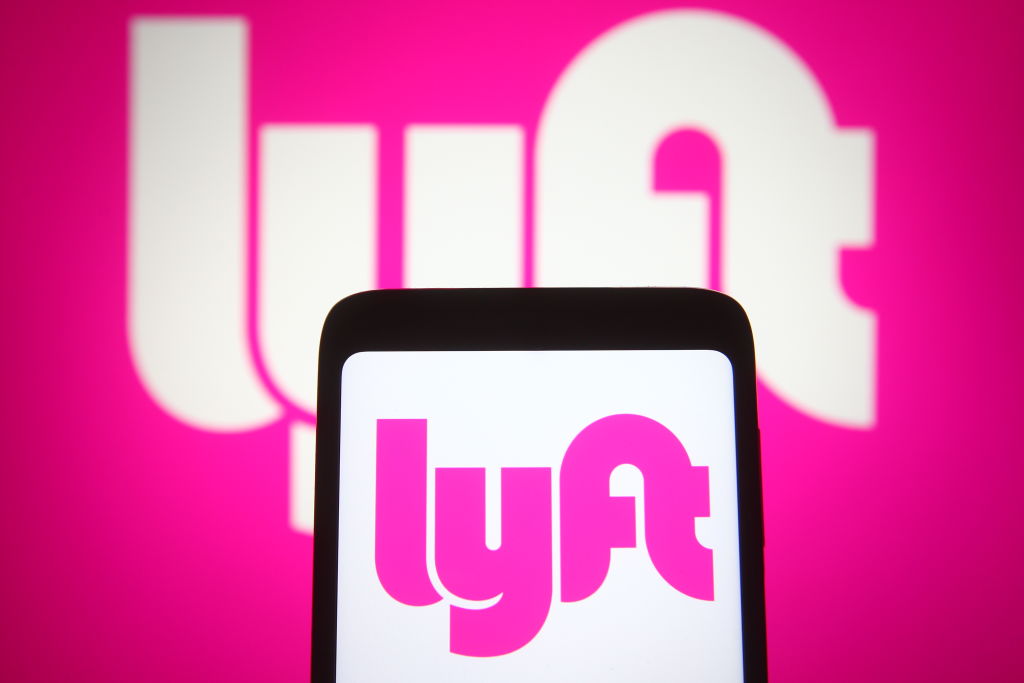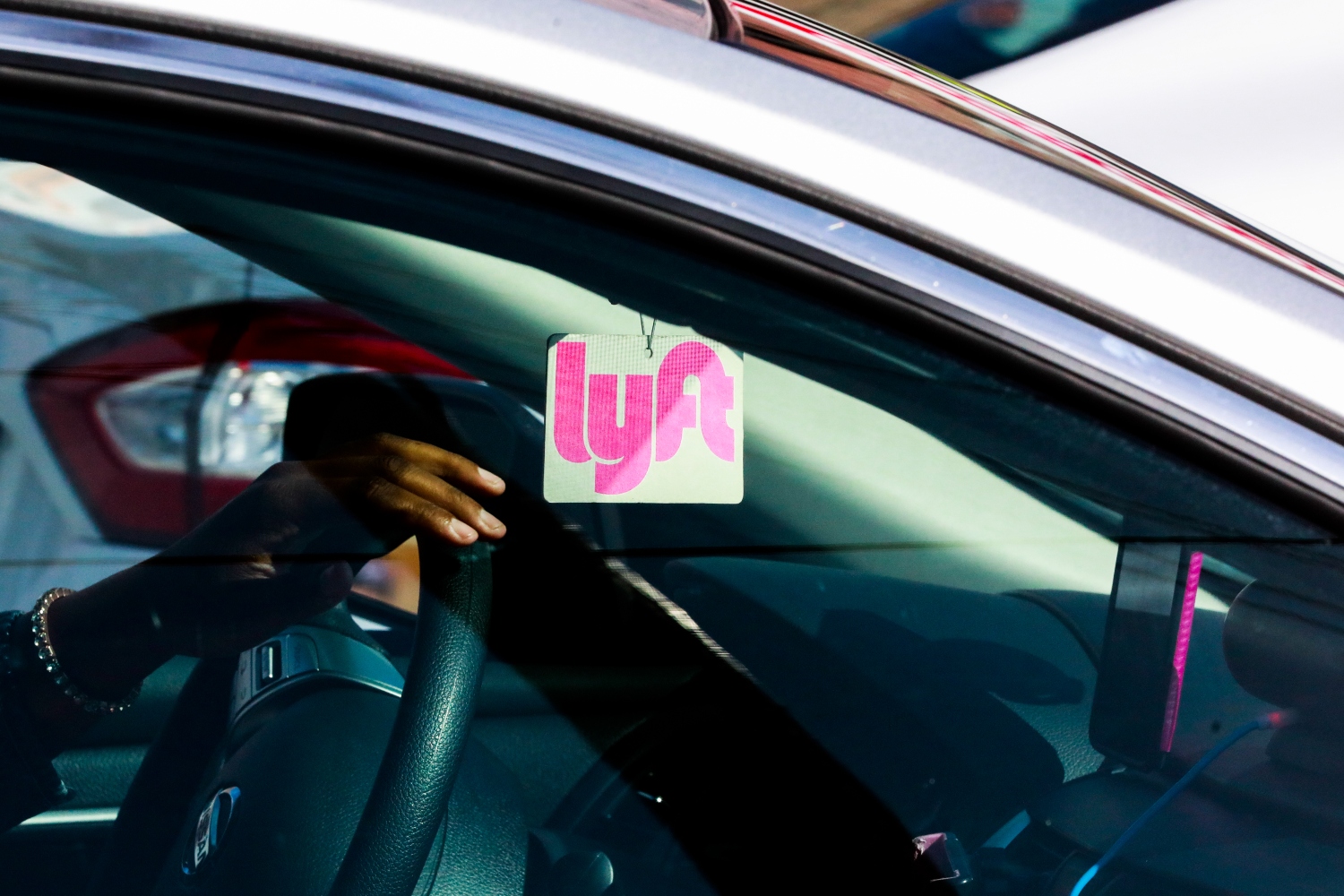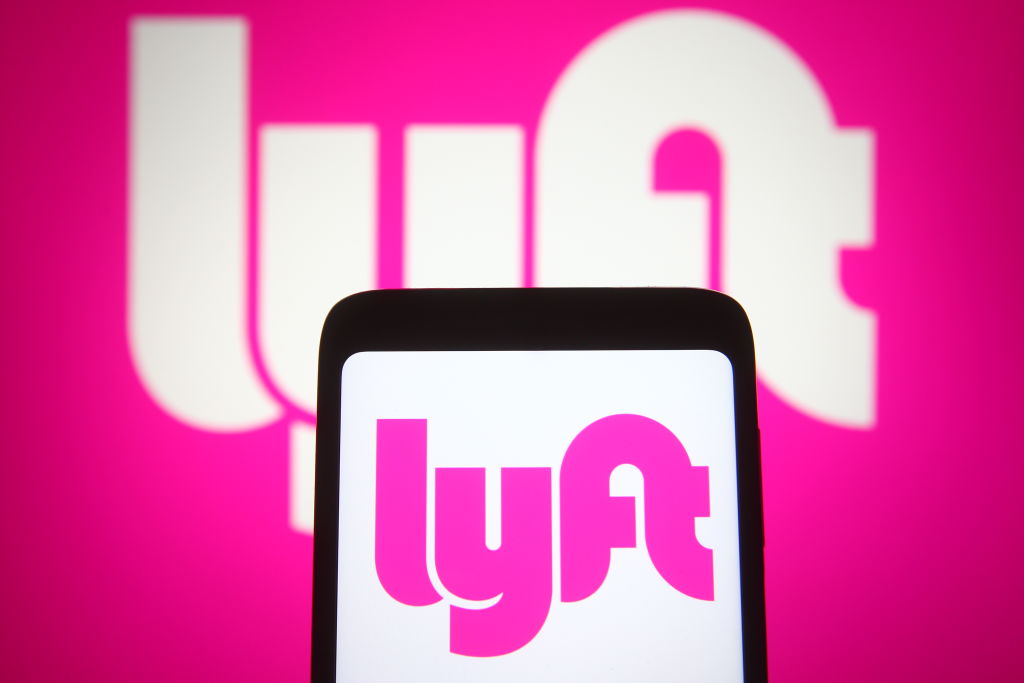Last week, Uber announced in a press release that it’d be debuting its audio-recording feature in the US later this month. The feature, which will allow drivers and passengers to record audio during Uber trips, launched in Latin America nearly two years ago, and after a positive response, is now available in 14 countries and will soon be released to three American cities.
You’ll be able to record a trip by tapping the shield icon on the map screen which will bring you to the app’s “Safety Toolkit,” then select “Record Audio.” Riders will be notified before their trip if their driver is using the feature.
In regards to audio file privacy, Uber explains that the audio file is encrypted and stored on the rider and driver’s devices and cannot be accessed by anyone. Only if a safety report is filed to Uber, either user can attach the audio file from the trip.
“At that point, a trained Uber safety agent will decrypt and review the submitted audio recording, as well as any other relevant information, to help determine what happened and the best course of action,” explained Uber. “Importantly, it is the user’s choice when to record audio and when to share it with Uber. For more details on this feature, including answers to common questions, please see the Audio Recording information page.“
Per Uber, nearly 70% of riders and drivers surveyed in Rio de Janeiro told the company the Record Audio feature helped them feel safer during rides.
Along with the audio recording feature, Uber is also releasing audible seat belt alerts and improving RideCheck, a feature launched in 2019 that utilizes GPS data and sensors in the driver’s smartphone to detect a potential crash or an unusually long stop during a trip. Now, Uber is extending RideCheck’s capabilities and the feature will be able to detect “when a trip takes an unexpected route or when a trip ends unexpectedly before the rider’s final destination,” per the company. A notification will pop up, both on the rider and the driver’s phones to ask if everything’s okay. From there, users can take multiple actions like calling 911, reporting the issue to Uber’s Safety Incident Reporting Line, sharing your trip presumably with a friend or dismissing the notification if everything is alright.
These new and updated safety measures have been a long time coming. In 2019, Uber released an alarming report about the number of sexual assaults that took place when people were traveling in an Uber. The report indicated that thousands of assaults were taking place each year — and while that might be a small fraction of the total number of rides taken, any number other than zero is unacceptable.
In October of this year, Lyft released an equally disturbing Community Safety Report containing data that more than 4,000 people had been assaulted while using the ride-share service between 2017 and 2019.
Before Uber and Lyft finally decided to implement no-brainer safety measures to keep their customers — and drivers — protected, social media has become an integral tool in alerting, mainly female riders, of dangerous drivers. Many users who report having a bad or scary rideshare experience will take to TikTok, Twitter and Instagram with a screenshot of the driver’s Uber or Lyft profile and warn others to be careful when booking a ride. Unfortunately, because these companies have taken a mostly passive approach to safety prior to publicly releasing their damning safety reports, most female riders have had to spread awareness themselves, not only by alerting others of the unsafe situations and drivers they’ve encountered, but by reminding riders to double-check license plates, ask drivers who they’re picking up and share their location with friends or another person they trust.
Hopefully these new features, when finally available, will help prevent dangerous situations for both riders and drivers.
Thanks for reading InsideHook. Sign up for our daily newsletter and be in the know.

















